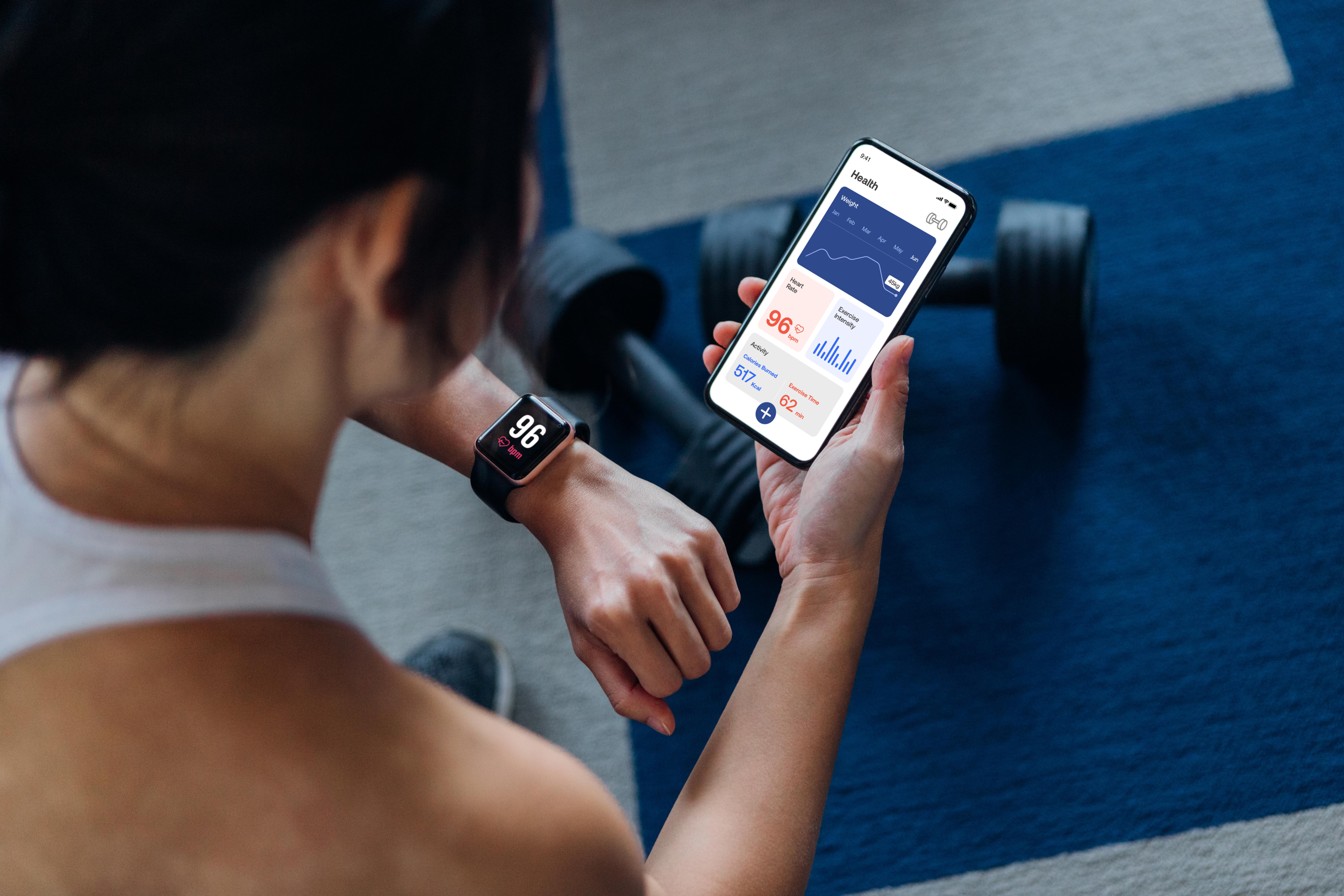
The term “carrot and stick” comes from farmers dangling a carrot in front of animals to encourage them to make forward progress. But while farmers rarely let the hard-working animals get the carrot, today’s employers know better.
Instead, they understand that to encourage positive change—like participation in biometric screening—they need to offer the “carrots” employees can actually earn and enjoy.
What is biometric screening and why is it so important for employees to participate? Biometric screening is like a checkup, often held on-site at an employer, to measure vital stats such as height, weight, body mass index, blood pressure, and cholesterol. These screenings can help employers take stock of your entire workforce, catching health issues before they cause major problems. One study found when biometric screening participation increases from 30 to 50 percent, employers discover 79 percent more employees who are at high risk for health conditions.
But because employees may not be motivated to complete their screenings, incentives are key. Consider this: 60 percent of employees who participate in wellness programs report incentives being a major factor in their decision to participate.
If you’re wondering how you can entice your employees to participate in biometric screening—which can ultimately help improve and extend their overall quality of life—here are five carrots you might consider dangling.
1. Offer Financial Incentives
When employees ask, “What’s in it for me?” remember that money talks. And in general, the larger the incentive, the higher the participation rate … but only up to a point.
Many employers find that the “sweet spot” incentive for biometric screening participation falls somewhere between $350-$500. Lower incentives can also be effective, as do incentives over $800, but not in a consistent way.
The key is to find a dollar amount that’s compelling enough to encourage participation but won’t break the bank.
2. Grant Time Off
If monetary rewards aren’t feasible, there’s something else employees value almost as much as money, and that’s paid time off. Paid days off are a valuable commodity in the workplace, with many employees squirreling their vacation days away like, well … squirrels tucking away acorns for the winter. So why not let employees add to their stash by rewarding them with some paid time off for completing their personal health assessment and screening?
3. Discount Healthcare Premiums
Health insurance can be expensive for employees. Employers want to reduce their share of those expenses as well. A win-win solution is to offer employees discounts on healthcare premiums in exchange for participating in biometric screenings. The idea is that by participating in screenings, employees will catch minor health issues and have them treated before they turn into major (and expensive) health conditions.
To offset the cost of reducing premiums for participating employees, many companies implement a premium increase—but only for employees who do not participate in screening. This allows the incentive to pay for itself, while also encouraging employees to understand the connection between health, healthcare, and healthcare costs.
4. Ensure Privacy
Some employees may be reluctant to share their health risks with employers. These employees will likely also be hesitant to complete a health screening or lab work that could disclose this sensitive health data.
Employers can reassure staff that all health data is kept confidential and that individual screening results aren’t shared. Instead, the results are intended solely to help the employee understand and improve the state of their health, while the employer receives only aggregated or anonymous information to help fine-tune their health coverage and wellness program components.
For employees who remain concerned about the security of their personal health information, employers can remind them they can always complete the screening at their physician’s office. It’s still a win-win: The employee sees their physician and has the tests performed all while keeping the results completely confidential—and they can still prove to their employer they completed the screening.
Another way to ease privacy concerns and encourage participation is to ensure employees know what the biometric screening is testing for (e.g., cholesterol, blood sugar) and is not testing for (drugs, HIV/AIDS, etc.). When employees understand exactly what information is being gathered and how it will be used, they’re more likely to become willing participants in their health.
5. Make It Easy
Employees may find it hard to make time to schedule an appointment with their physicians for biometric screening. Employers can make this easier by contracting with testing centers with multiple locations—like Quest Diagnostics or LabCorp.
Other employers take it one step further by bringing the lab to the office. Not only do on-site screenings relieve the stress associated with doctors’ offices, but they also fit perfectly into an employee’s workday—they can just stop by for the screening during a convenient point in the workday.
But the ultimate convenience is providing employees with kits and allowing them to perform their own biometric screening at home. Employees can perform a simple finger stick to capture a blood sample and then mail the sample in a pre-addressed envelope to the lab.
Which Strategy Is Best for Encouraging Participation?
Although any of these strategies can help increase employee participation in biometric screenings, which strategies work best for you and your employees will vary. What motivates one individual or group of employees might not work for another.
However, you choose to encourage participation, remember this: Participation is an essential first step to get your workplace wellness program going, but it can’t be the only step. To incite true change, you must learn how to encourage and empower your employees to take control of their own health and become their best selves.




